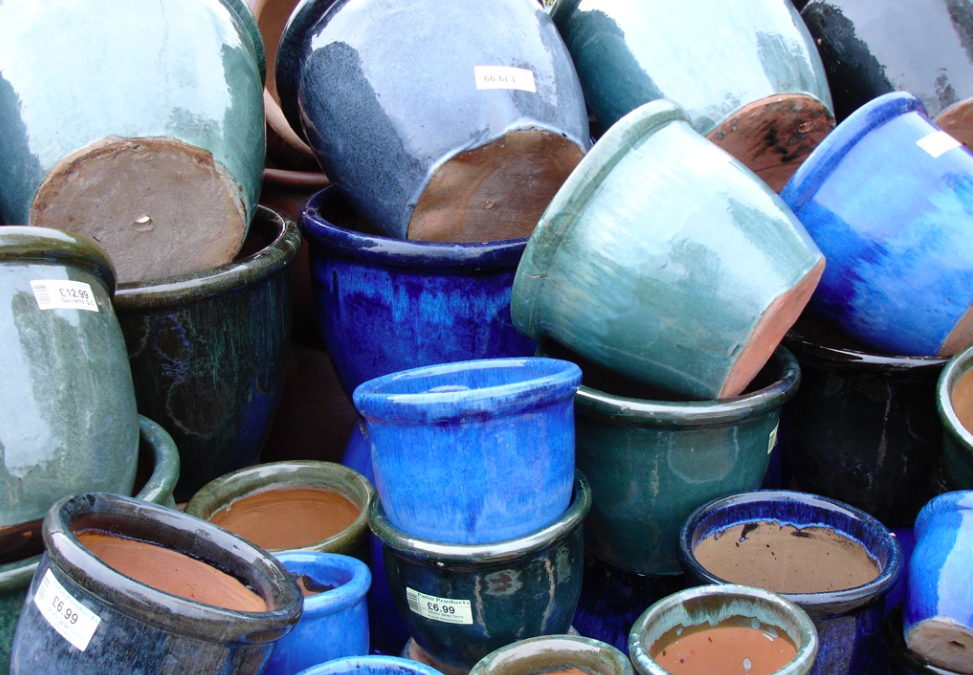Yes! It has finally arrived the long waited moment to sign the lease.
Everything has been agreed: price, duration and starting date.
But one more question arises: you are being asked to produce or confirm an inventory.
And … What is an inventory?
It’s a document which contains all the goods included in the rental agreement, and its condition.
Like any document, it must incorporate the identification of the property and the interested parties (the owner and the tenant or their representatives), place, date and, finally, their signature.
And, of course, the Inventory contains a list of all or most of the goods that are handed over to the tenant to be used along with the house for the duration of the lease, for example, kitchen appliances or any piece of furniture.
Generally, landlords provide a list of the goods that are delivered, especially in the case of a furnished rental property, mainly because they are the most interested party as owners of the furniture.
On all occasions, it’s convenient to list or describe the belongings and add a photo. Especially of the most valuable or fragile ones.
The detail of the Inventory depends on how exhaustive each person is and if it’s worth including, for example, all the household items detailing the number of plates and glasses or if it’s enough with a general description unless there is some good that deserves special mention.
Nowadays, the majority of inventories are digital documents, especially in the case of furnished houses and particularly if they include photos.
It’s advisable to have the document prepared in advance, and to revise and sign it at the very moment the tenant receives the keys and already takes charge of the housing and its content.
Always, it’s a good idea to keep a written record of the property itself and its condition, even if it’s a small apartment. And, of course, it’s essential in the case of furnished houses.
The Inventory is important for 2 reasons:
Firstly, to check and compare the condition of the goods and that of the property itself when returning the house to the landlord once the lease has ended and to be entitled to receive the deposit refund.
And secondly, it’s the moment to keep record in writing of all flaws that are seen in the house, such as, for example, a broken tile on a wall, so that either the owner repairs them if they agree so or the tenant is not considered responsible at the end of the contract.
If you are planning to move to Madrid soon, you’ll find all the relevant information in The secret of relocating to Madrid. If, in addition, you need help with the organization or even if you prefer that we accompany you, check out our services.
In the meantime, you can receive regular information by filling out this questionnaire. And if you find it useful, we thank you for sharing it.
Photo credit: Drift Words on Visual hunt / CC BY-NC-SA



